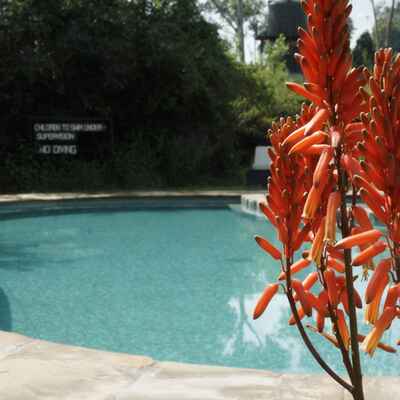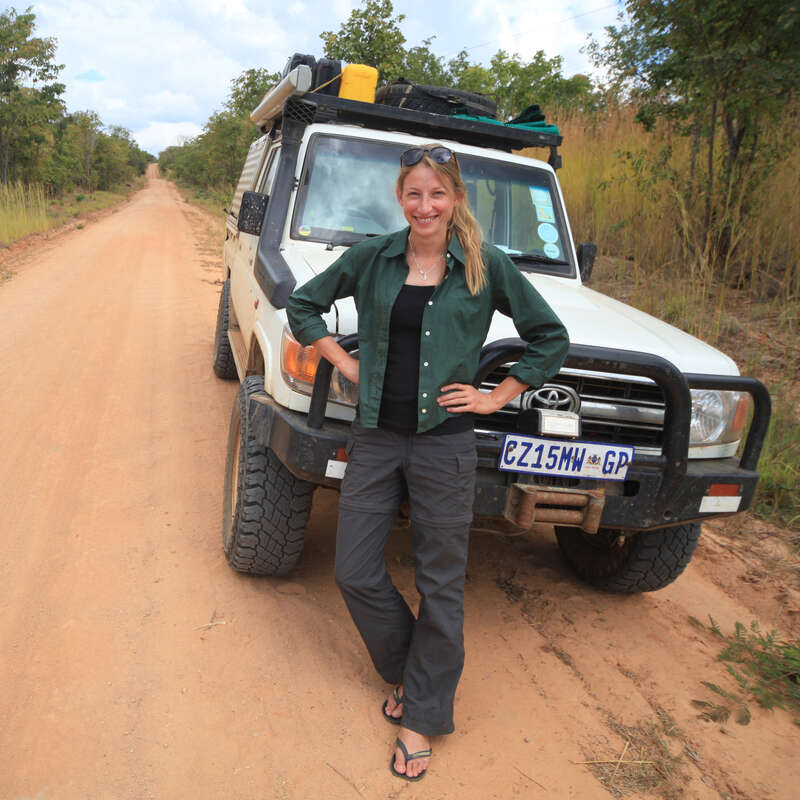About Mbweha Camp
Mbweha Camp is a small safari lodge on the privately owned Soysambu Conservancy, just outside Lake Nakuru ...
... National Park in the Rift Valley. It's well-placed for visiting this popular park and the neighbouring Soysambu Conservancy, with its flamingos and big cats.
Nobody from Expert Africa had visited Mbweha Camp until 2018, but we frequently book its very popular sister camp, Elephant Bedroom, in Samburu National Reserve. So we were slightly disappointed to find Mbweha much in need of redecoration and a complete soft refurb in the rooms. The location and basic infrastructure of the camp are fine, however, and we found the staff uniformly helpful and professional. Our morning game drive in Soysambu Conserancy was rewarding and well conducted. The food was good, too. We'll look forward to revisiting and finding the rooms looking much better in the future.
Our view
Nobody from Expert Africa had visited Mbweha Camp until 2018, but we frequently book its very popular sister camp, Elephant Bedroom, in Samburu National Reserve. So we were slightly disappointed to find Mbweha much in need of redecoration and a complete soft refurb in the rooms. The location and basic infrastructure of the camp are fine, however, and we found the staff uniformly helpful and professional. Our morning game drive in Soysambu Conserancy was rewarding and well conducted. The food was good, too. We'll look forward to revisiting and finding the rooms looking much better in the future.
Accommodation
10 guest rooms
Children
Best for 12+
Open
All year
Activities

4WD Safari

Birdwatching

Boat trip

Guided walking safari

Private activities
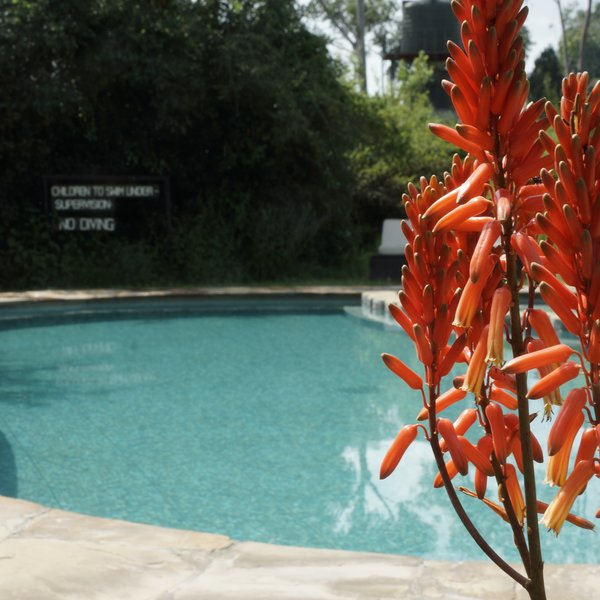
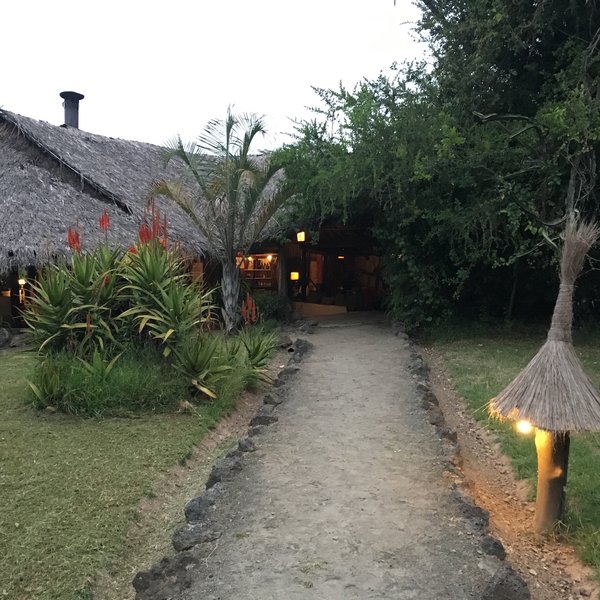
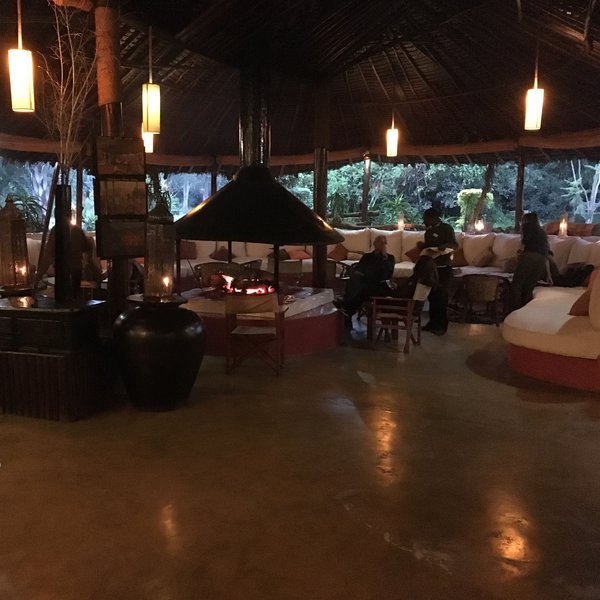
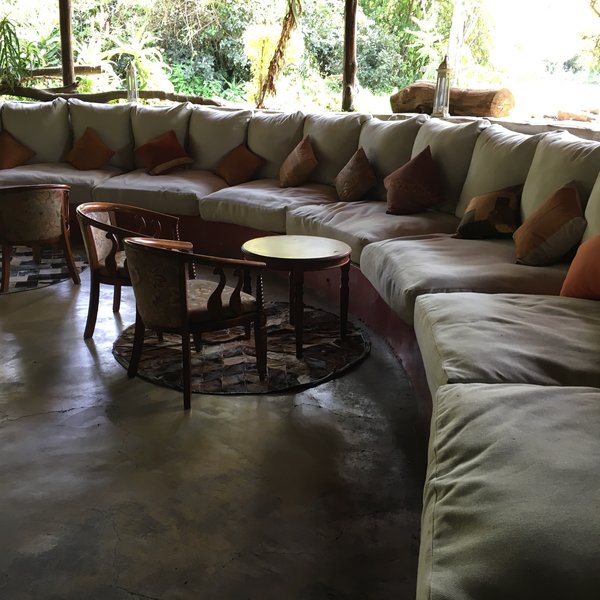
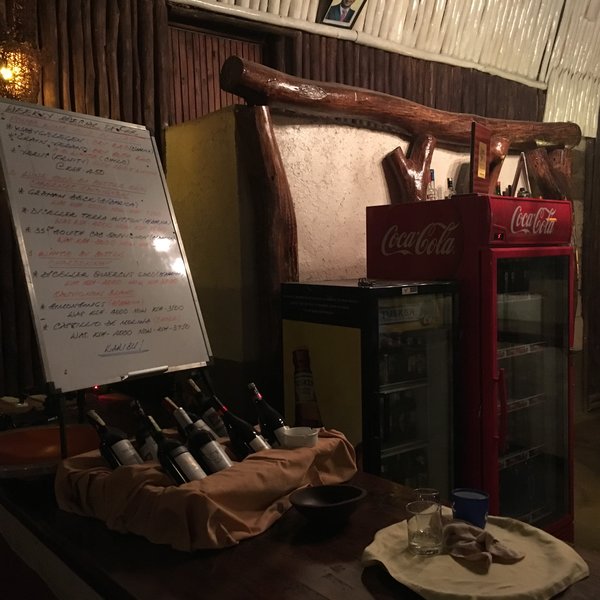
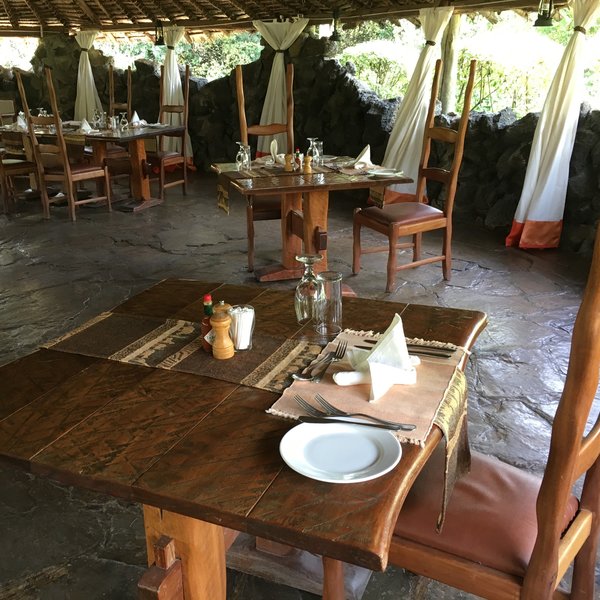
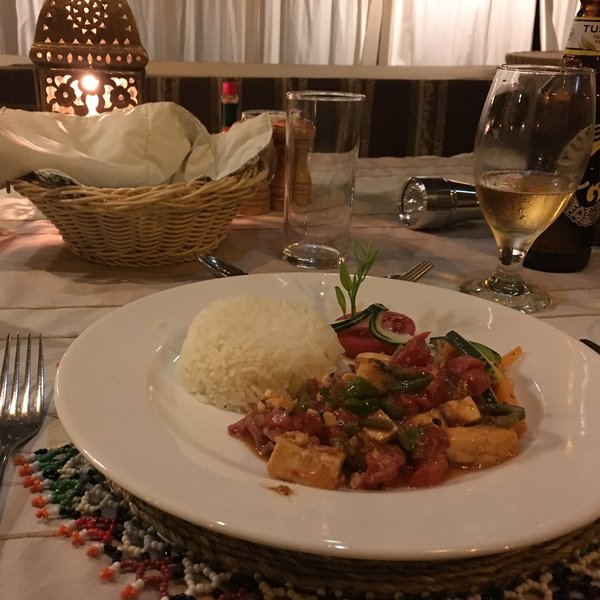

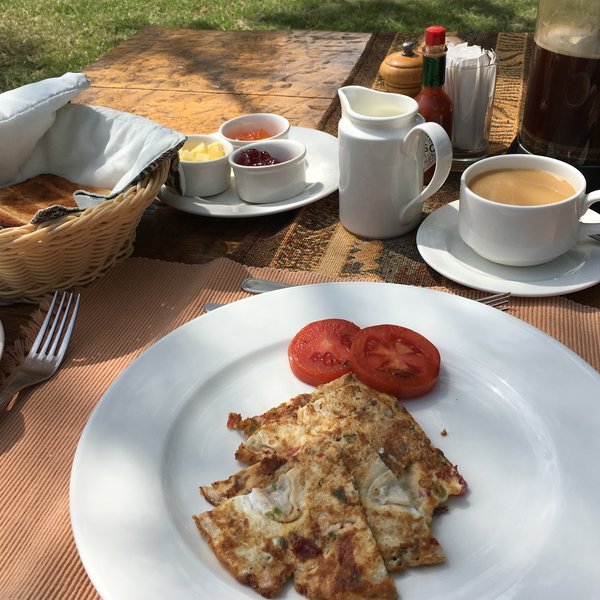
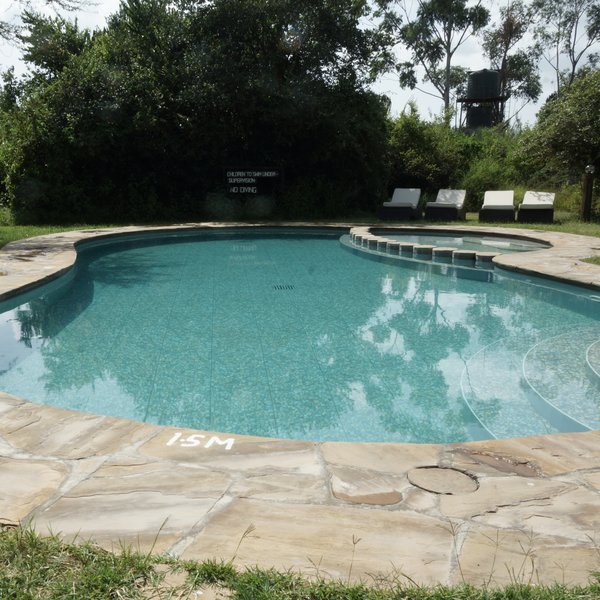

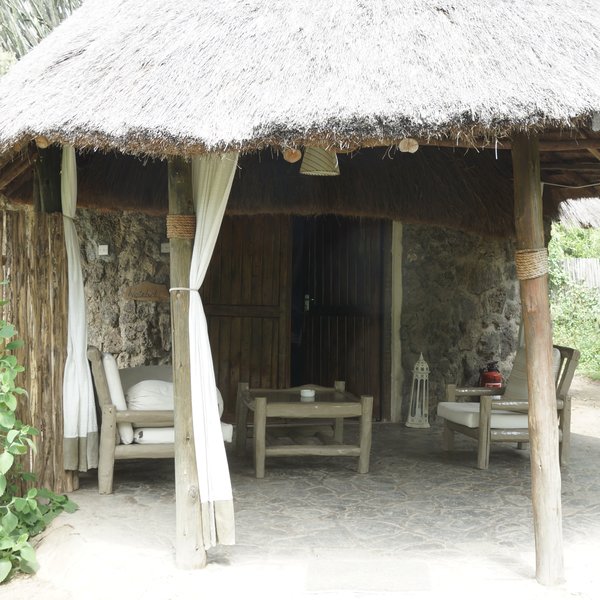
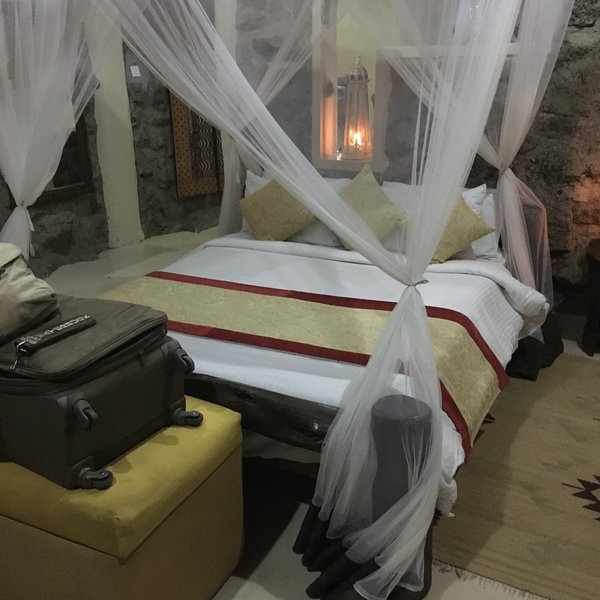
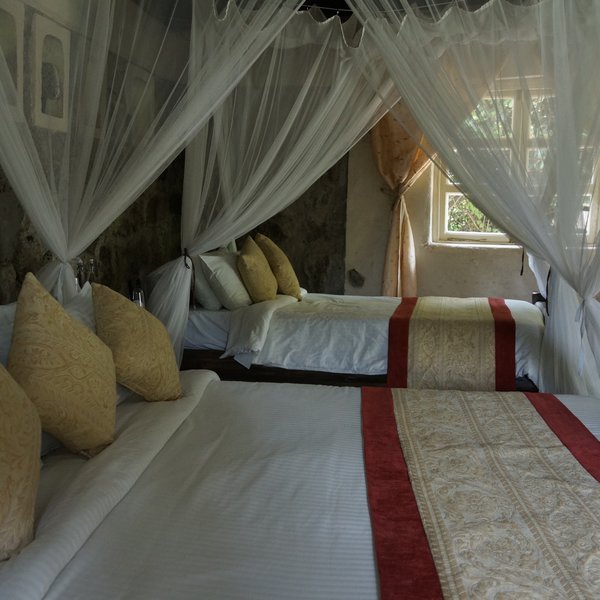
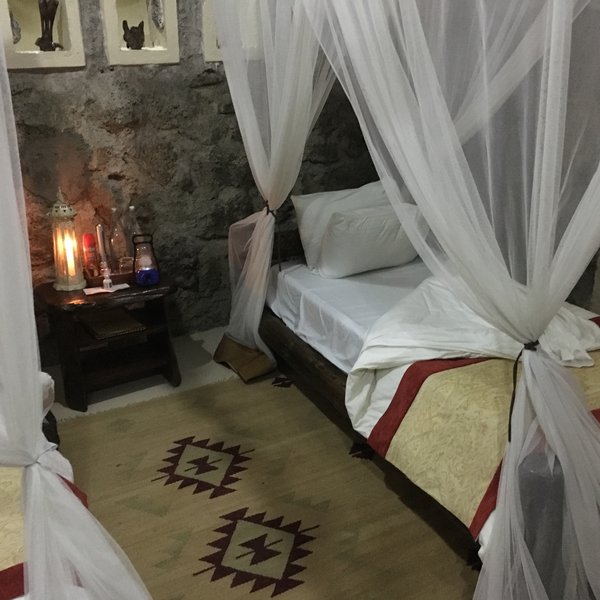
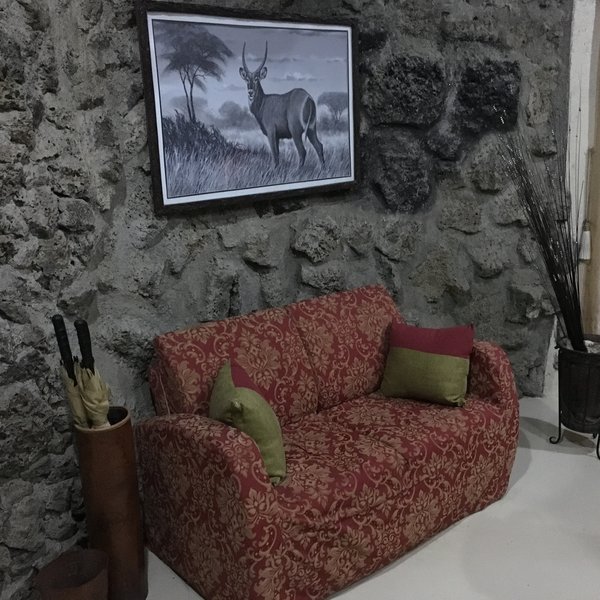
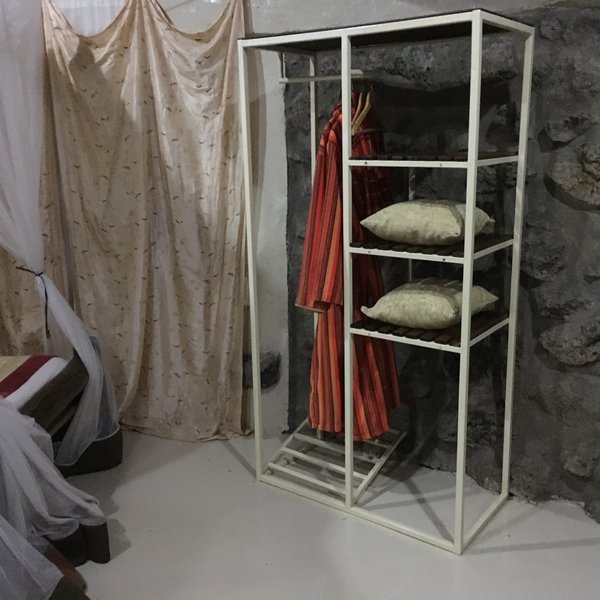
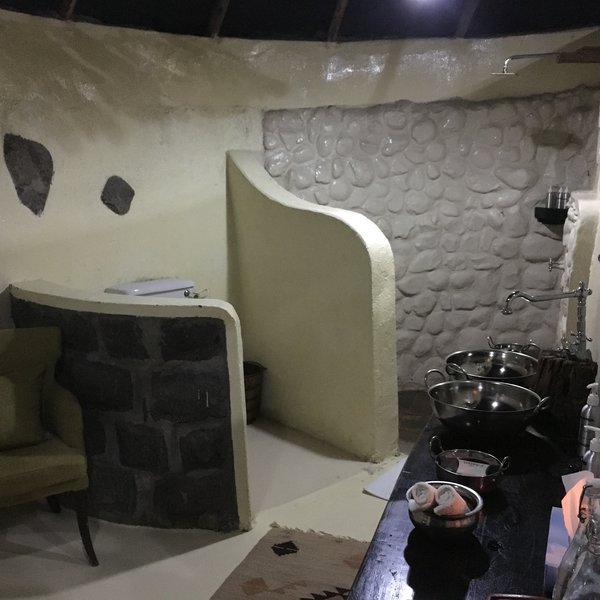
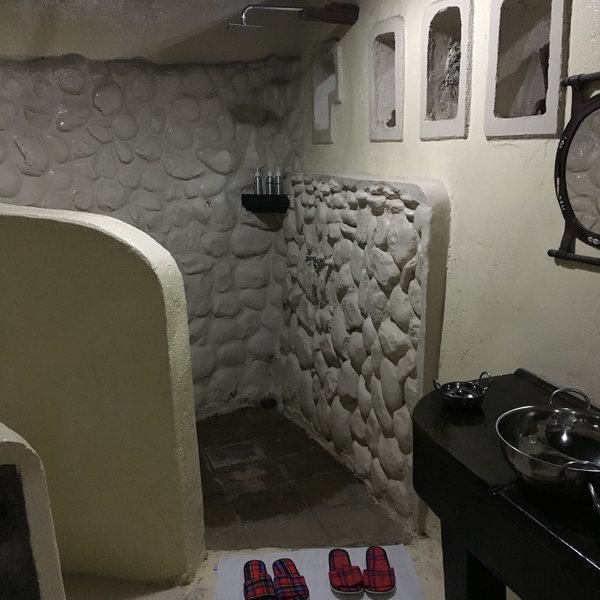
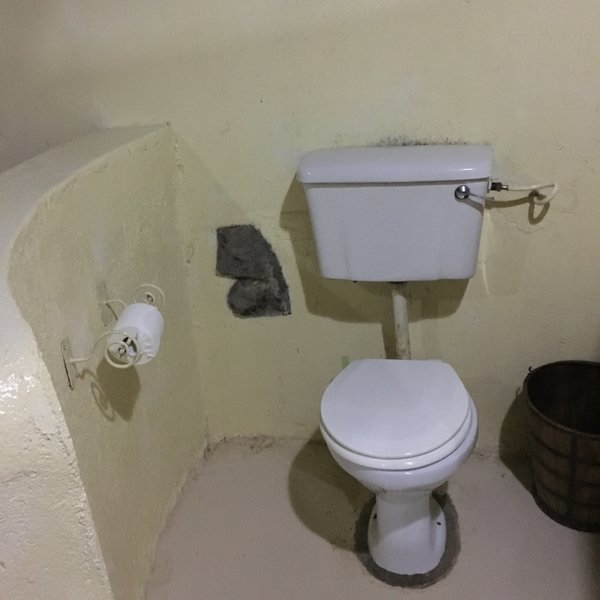
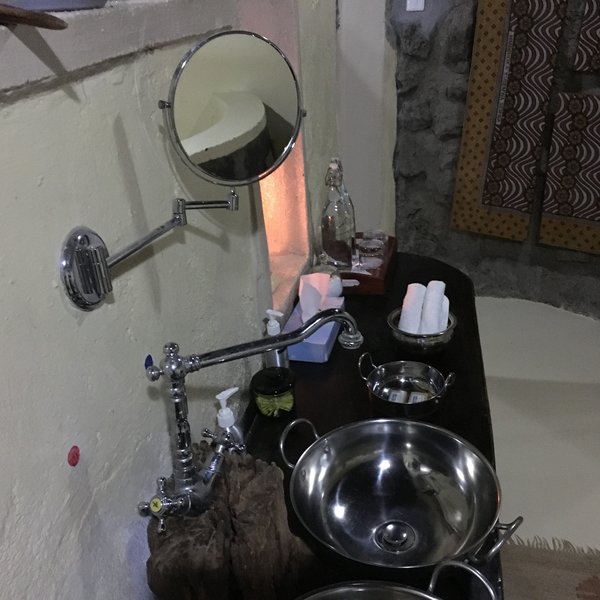
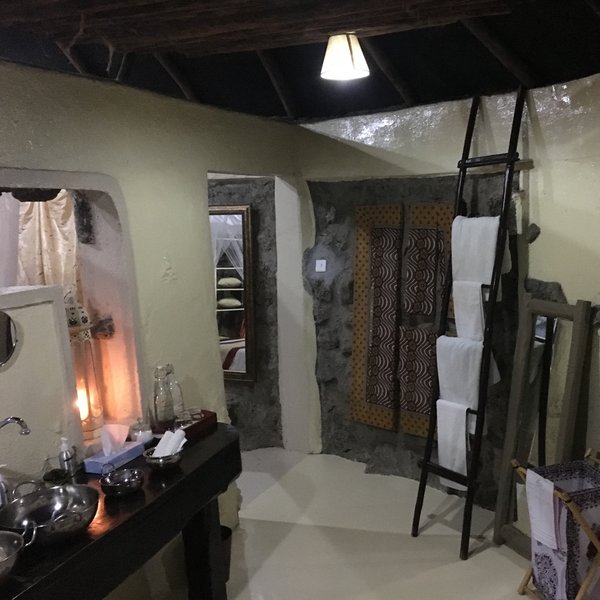
Expert Africa's gallery
When we travel we take lots of photos ourselves to give you a real and un-edited view of the safaris. See our 22 pictures of Mbweha Camp to get the candid view.
View galleryMbweha Camp: Our full report
Mbweha Camp is a small safari lodge on the privately owned Soysambu Conservancy, just outside Lake Nakuru ...
... National Park in the Rift Valley. It's well-placed for visiting this popular park and the neighbouring Soysambu Conservancy, with its flamingos and big cats.
Most visitors will arrive by road, down the fast and wide 'Pipeline Road' from Nakuru town to the small rural crossroads community of Elmenteita. All these rolling plains between lakes Nakuru and Elmenteita, and further south to Lake Naivasha – traditionally the grazing lands of local Maasai clans – were acquired by Hugh Cholmondeley (known as Lord Delamere) in the early years of the twentieth century, a total of more than 600 square kilometres that allowed his family to become the richest landholder in Kenya at the time, and Delamere himself to become the unofficial voice of European settlers. Today, most locals work on and among the Delamere properties.
From Elmenteita village, you enter the western sector of the Soysambu conservancy (there's a gate) and drive 5km across the plains among scatterings of gazelle and zebra to a fringe of woodland marking the (fenced) boundary of Lake Nakuru National Park (you can often see colobus monkeys in the trees). Crossing the end of the grassy Congreve Airstrip, where warthog keep watch, you enter the unfenced Mbweha Camp (‘Jackal Camp’), marked by a garden of planted trees and natural, cactus-like euphorbias.
The central bar-lounge-reception is set in a slight depression, accessed by short steps, under a circular thatched roof. There's comfortable seating down here and a circular fireplace. The rather featureless dining area is nearby. Outside the dining room, lawns spread to the well-maintained swimming pool, which has shade and loungers, but no life guard.
The ten guest rooms at Mbweha Camp, each named after an animal, are circular, thatched bandas, built of lava stone, with polished, light cement floors. They have a small veranda area at the front. Inside, a double bed and single bed, with full-height mosquito nets, occupy most of the space, along with a small sofa and clothes storage shelves. The UK-style 3-pin sockets are available to charge from 6-9am, from 12.30-1.30pm and from 6-11pm. Behind the beds, a dividing wall separates the bedroom from the open-plan bathroom, which has a flush loo and a shower with plenty of hot water at good pressure, a rather impractical towel rack and a narrow wooden plinth for the twin, steel wash basins and single mixer tap. Good Cinnabar & Green toiletries are provided. Through a door to the side of the cottage, there's an incongruous-looking outdoor bathtub, screened by barely private fencing – unlikely to entice anyone to take a bath under the stars.
The night we spent at Mbweha Camp was comfortable; dinner and breakfast were very good; and all the facilities functioned as they should. But the muddled lack of any coherent design in the rooms' décor and furnishings was an unwelcome surprise at this level.
Activities
Activities at Mbweha include short bush walks around the camp and guided bike rides in the western (lion-free) part of the Soysambu Conservancy. The camp also offers massage (one hour massage US$35) on a portable table.Mbweha Camp has one open-sided Land Cruiser based at camp for shared game drives for guests staying on a full board and activities basis. The vehicle is equipped with charging sockets. Some guests will be staying on a full board basis, not including activities, with their drives conducted in a private vehicle by their own private driver-guide, as part of a road itinerary. The main options are game drives in Lake Nakuru National Park ($60 per person for non-resident adults) and Soysambu Conservancy ($47 per person for non-resident adults). Judgind by our short experience, we thought the guiding from Mbweha Camp was very good.
The Lake Nakuru National Park Nderit Gate is about 20 minutes' drive from camp: in less than half an hour you're game-driving in a very wildlife-rich environment, which also tends to mean it's usually very busy with visitors. While Lake Nakuru is no longer the preferred feeding ground for hundreds of thousands of lesser flamingos (as it was through much of the later part of the last century), as serious flooding changed the lake's ecology after 2012, the park is still home to some serious megafauna, and the plains and woods that surround the lake are home to lions, white rhinos, black rhinos, leopards, buffalo and plenty of plains grazers and browses, from zebras to hippos and from dik-diks to giraffes (they have the rare Rothschild giraffe here). There are no elephants here and it's worth knowing that the park is fenced.
The western part of Soysambu Conservancy, west of the Pipeline Road, is known as the Congreve Conservancy and this 25km² area is reckoned to free of dangerous wildlife and safe for walks and bike rides. East of Pipeline Road, you enter the much larger eastern part of the 190km² Soysambu Conservancy proper, which as well as providing grazing to the ranch's livestock, is home to lions, leopards and plenty of buffalo, though not elephants. Driving in, you pass some dilapidated Delamere staff housing, but as you approach Lake Elmenteita, the scene improves greatly, with the Eburru and Mau ranges on the southern horizon, the bulk of Menengai crater to the north, and the Aberdare range to the northeast. Guides will point out the hill formations known as the 'Sleeping Warrior' and 'Delamere's Nose'. You have a very good chance of seeing some of Soysambu's lions, which are breeding and gradually sorting into two or three separate prides, numbering a total of at least 14 cats. Down near the shore of Lake Elmenteita, you'll see lesser flamingos in their thousands, standing in the foam-flecked shallows of this soda lake – though not in the numbers you can witness at Lake Bogoria. On our visit in 2018 we saw a leopard lurking in the bush near the lakeshore and briefly followed it - but this was an unusual bit of luck.
Activities
4WD Safari
Birdwatching
Boat trip
Guided walking safari
Private activities
Families & children
- Attitude towards children
- Children are welcome.
- Property’s age restrictions
- None.
- Special activities & services
- None, though the pool will appeal to children.
- Equipment
- Baby cots and high chairs are available.
- Notes
- Mbweha isn't a particularly child-friendly camp, and as it is unfenced, children will need to be mature, or under constant supervision.
Food & drink
- Usual board basis
- Full Board & Activities
- Food quality
- The food at Mbweha is surprisingly good. We were there for dinner and breakfast. Dinner offers a choice of two or three starters, three or four main courses including something vegetarian, and two desserts. You're expected to make your choices in the lounge at around 6pm, or when you return from your afternoon game drive, and also to let them know when you'd like to eat (7-9pm). Our frosty cold beers were followed by potage andalous (minestrone soup), a paneer stew with rice and a member of the cheesecake family for dessert. They have a reasonably long wine list, mostly South African, and mostly priced around the Ksh3,000 (US$30) mark. Breakfast was fresh and crisp and quickly served, with excellent coffee.
- Dining style
- Individual Tables
- Dining locations
- Indoor and Outdoor Dining
- Further dining info, including room service
- We found the dining room rather lacking in atmosphere. There is no charge for room service.
- Drinks included
- Drinks are not included, but are reasonably priced.
Getting there
- Location
- Rift Valley, Kenya
- Ideal length of stay
- 3-4 nights
- Directions
- Mbweha Camp is located at the western end of the Soysambu Conservancy, part of the privately owned Delamere Estate. The nearest airstrip is Congreve Airstrip, just two minutes from camp, which normally only receives private charter flights. The nearest airstrip for scheduled flights is Loldia Airstrip at Lake Naivasha, about 1 hour's drive away. Nakuru town, and the main A104 highway across the Rift Valley are about 30 minutes drive to the north. The southeastern Nderit Gate of Lake Nakuru National Park is about 20 minutes drive from camp.
- Accessible by
- Fly-and-Transfer
Communications
- Power supply notes
- Solar panels provide 75% of requirements with a generator providing the balance. Charging in your room can be done from 6-9am, from 12.30-1.30pm and from 6-11pm. The rooms have 24/7 lighting.
- Communications
- The camp Wi-fi is a little weak, apparently best in the low season when fewer people are using it. Mobile signals are reasonable good from most providers.
- TV & radio
- There is no guest TV at Mbweha Camp but staff have a TV in their canteen where guests would be welcome to watch major sporting events etc.
- Water supply
- Borehole
- Water supply notes
- Drinking water is decanted from large bottles.
Health & safety
- Malarial protection recommended
- Yes
- Medical care
- There are two first-aid kits in camp and three staff are first-aid trained. There is a doctor on the Soysambu Conservancy and Nakuru town is a 20-minute (fast) drive away.
- Dangerous animals
- Moderate Risk
- Security measures
- There are several askaris and at night guests are escorted around this unfenced camp. Buffalos are a potential threat in camp, so guests need to be alert.
- Fire safety
- There's a fire extinguisher at every room and four around the lounge and dining room. Fire-training is done twice a year.
Useful info
- Disabled access
- On Request
- Laundry facilities
- Laundry can be done at extra cost, though underwear is not included.
- Money
- There is an office safe, but no safes in the rooms.
- Accepted payment on location
- Credit cards (MasterCard, Visa and Amex) are accepted without a surcharge. Most major currencies are accepted in cash at the prevailing rate of exchange.
Plan and book your trip with Expert Africa
All of our trips are tailor-made, so we'll always adapt them to suit you. Talk to an Expert and let us plan and arrange your perfect trip.

Talk to an Expert
Call or email us now! We’ll match you with the Specialist in our team who is best suited to help you. Then together we can start planning your trip.

Set up your itinerary
Based on our experience and your ideas, your specialist will create a detailed, costed itinerary. We’ll refine it together, until we have a trip that you’re perfectly happy with.

Prepare for your trip
The same Specialist will make the seamless arrangements for your trip, send you detailed travel documents, and be available to answer any questions before you depart.

Travel with peace of mind
After you set off, you’ll be cared for by our partners in Africa, most of whom have worked with Expert Africa for decades. And if you ever need us urgently, we’re available 24/7.

When you return
We love to learn about your trip, and so will always be grateful if you’ve the time to give feedback to your Specialist when you return.
Mbweha Camp's location
Look closer at the environment and surroundings of Mbweha Camp.
Excursions from Mbweha Camp
Optional extra day-trips and excursions possible whilst you're staying at Mbweha Camp. Talk to us: these are usually best arranged before you go.
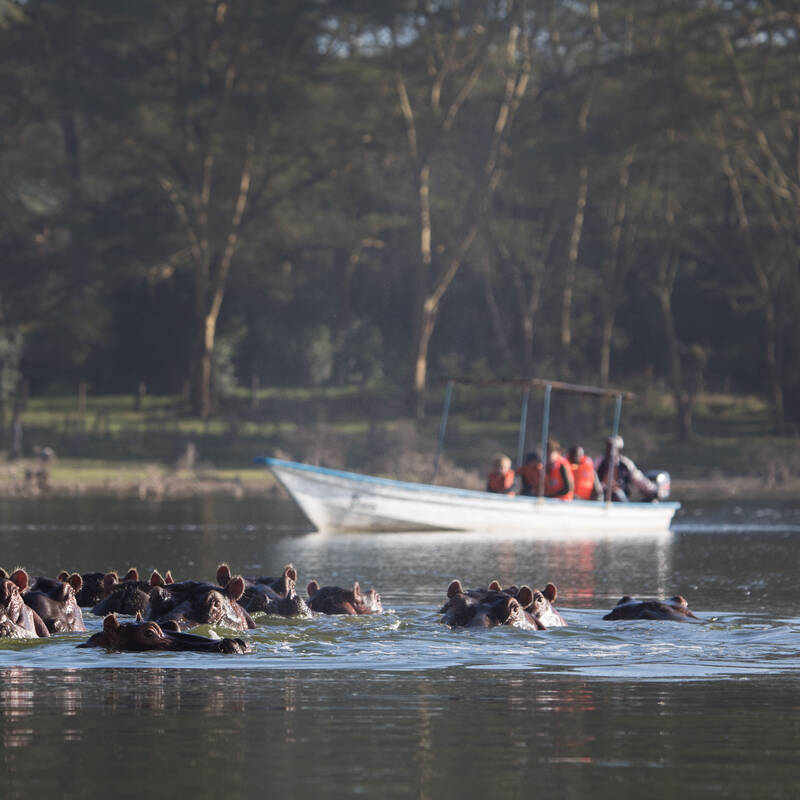
Lake Bogoria National Reserve
Half or full day
Seeing the Rift Valley's iconic pink flocks of flamingos massing on one of the region's lakes can be a somewhat hit-and-miss affair since lake water levels rose after about 2014 and the ecology of several of them changed significantly. Lake Bogoria, however, in the northern Rift, still usually retains some large flocks of many thousands of lesser flamingos.
More about Lake Bogoria visit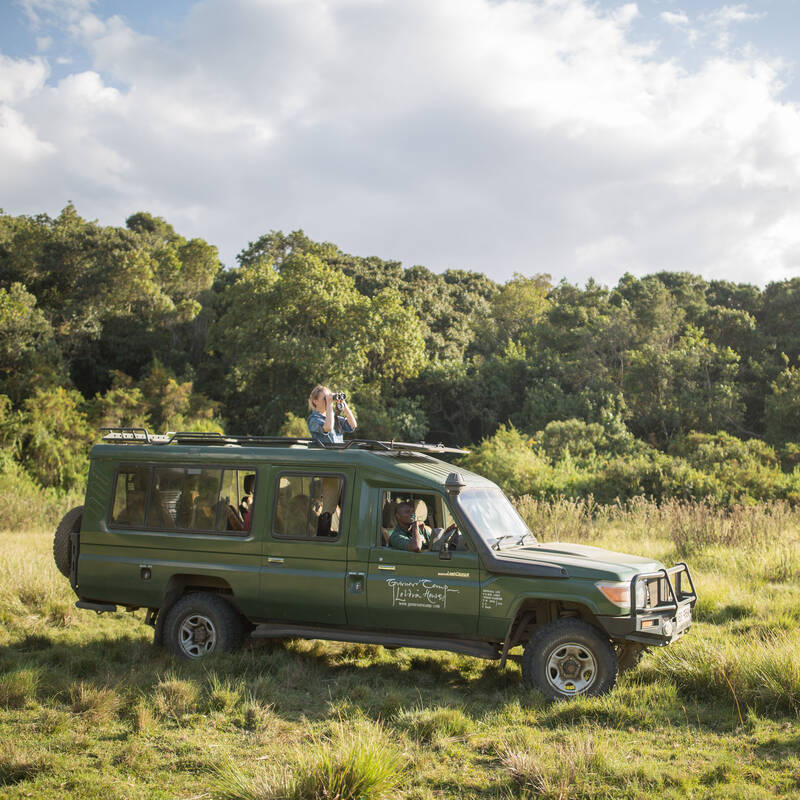
Lake Nakuru Safari
Half or full day
Drive into one of Kenya's best-known national parks to explore the lakeshore, woodlands, cliffs and plains around this iconic lake. While the flamingos may no longer be here, Nakuru has some key mammals, including both black and southern white rhinos, lions, leopards and Rothschild giraffes.
More about Lake Nakuru SafariOther lodges in Rift Valley
Alternative places to stay in this same area.
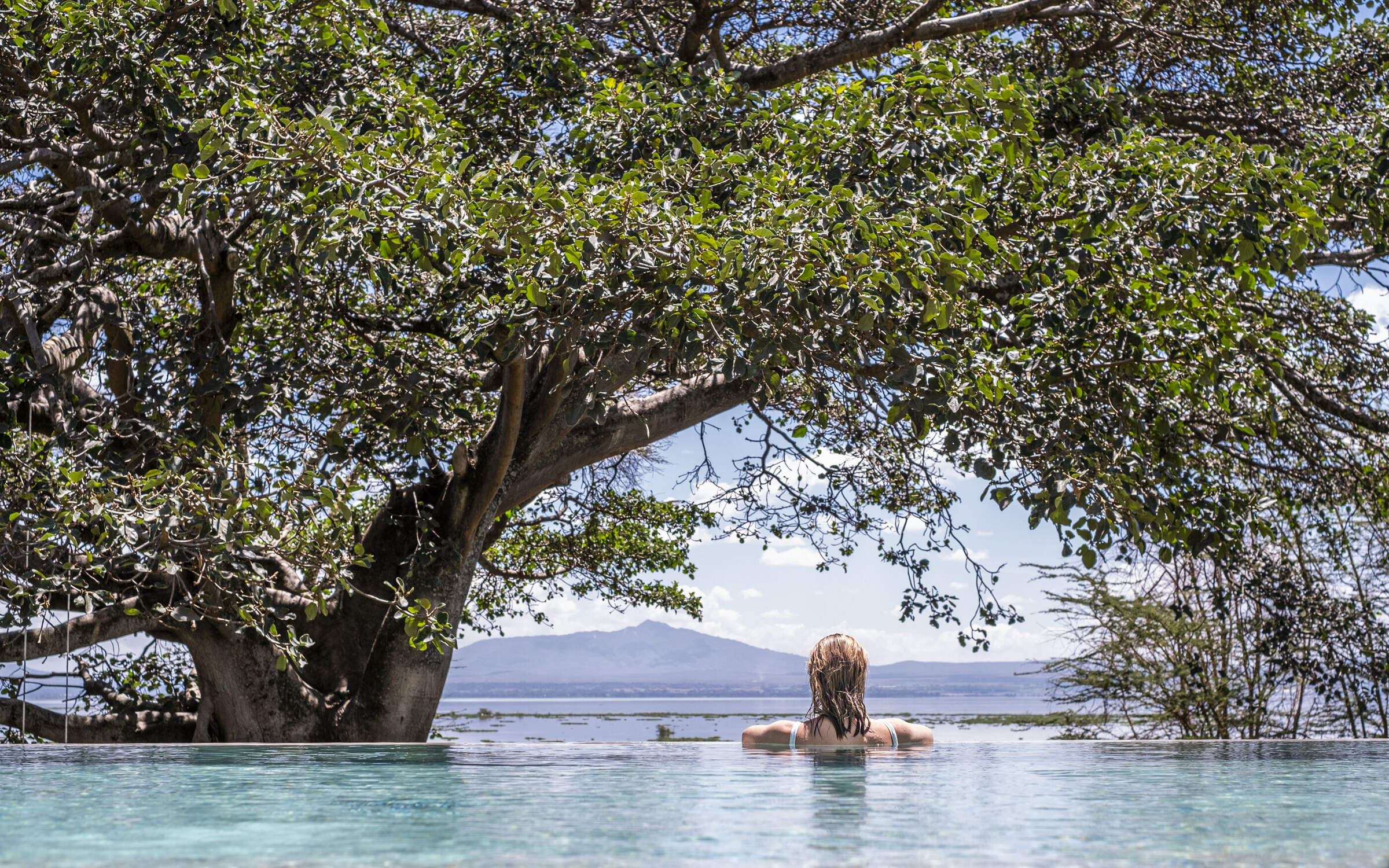
Loldia House
Loldia House is a comfortable, country house lodge on the shores of Lake Naivasha in the heart of Kenya's Great Rift Valley.
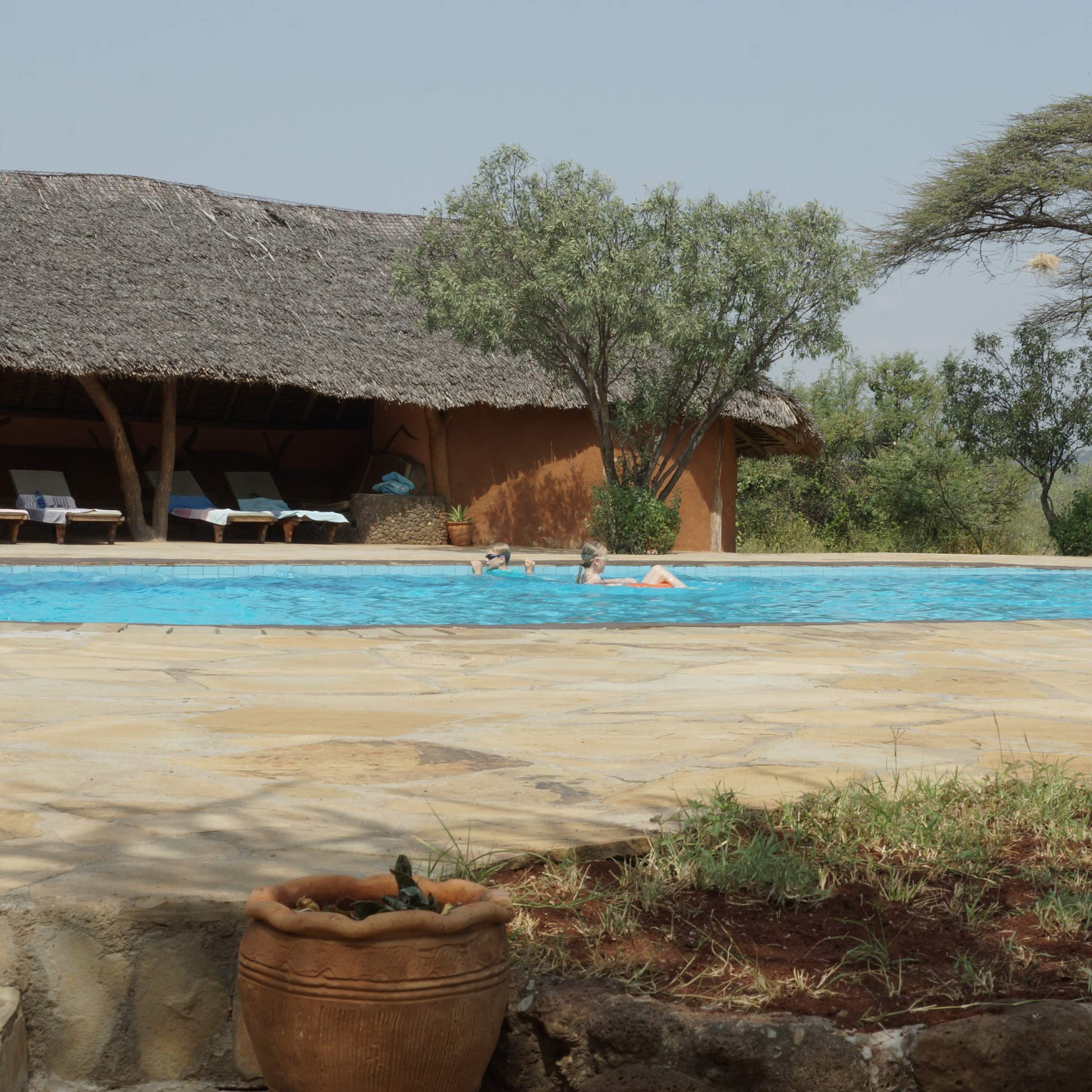
Tumbili Cliff Lodge
Tumbili Cliff Lodge is located on a low cliff on the western shore of Lake Baringo, in Kenya's Great Rift Valley.
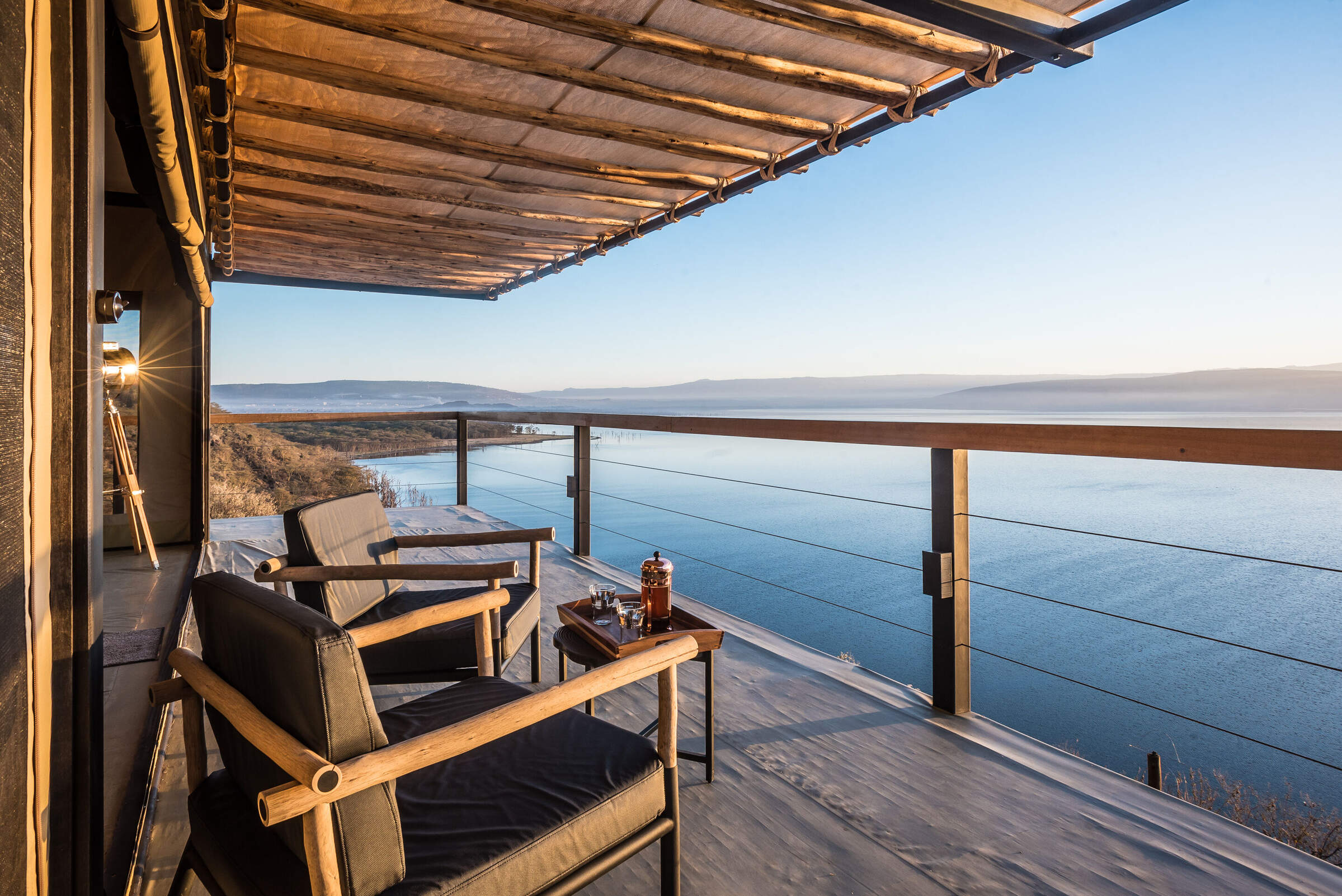
The Cliff
The Cliff is a comfortable, luxury tented camp overlooking Lake Nakuru, in the heart of Kenya's Great Rift Valley.
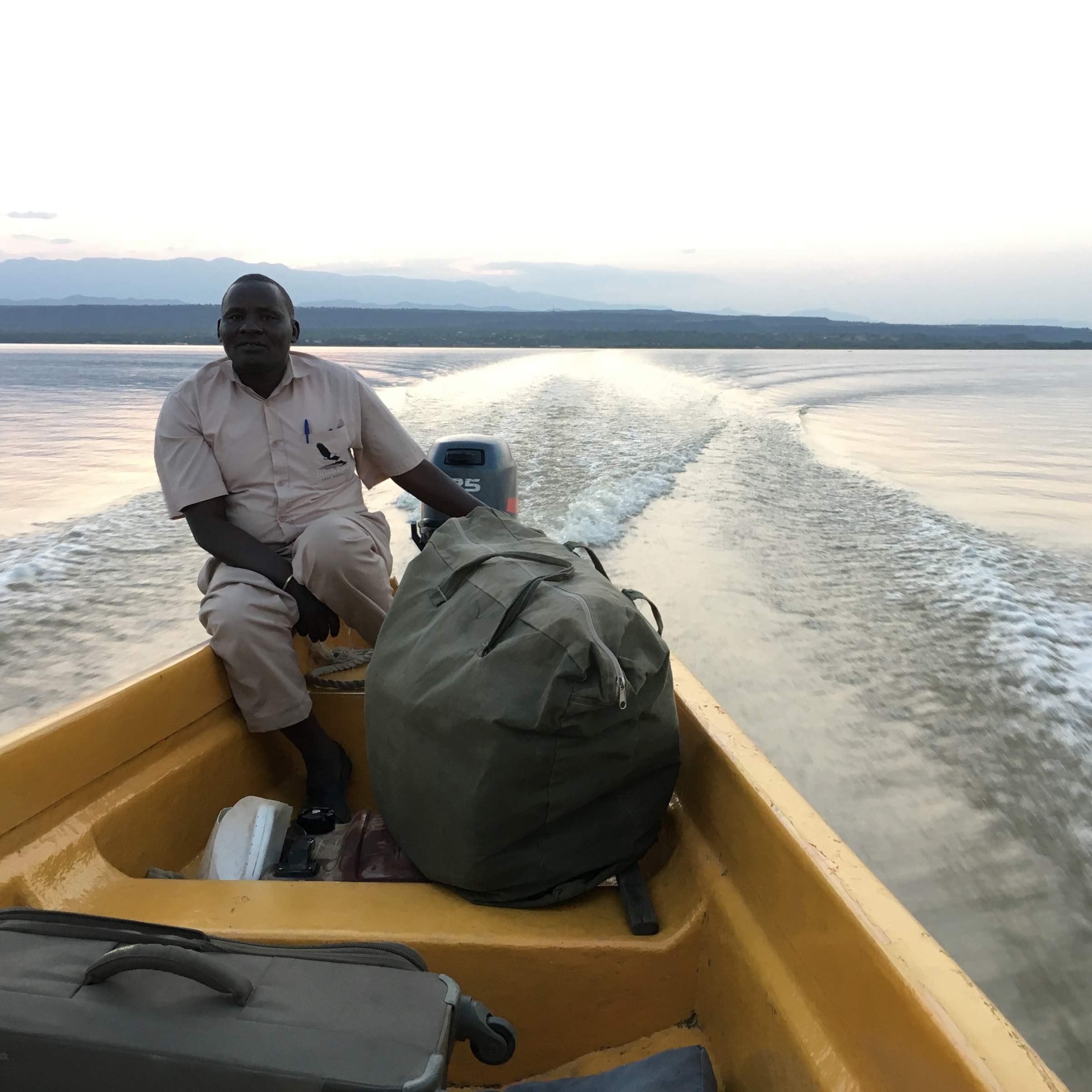
Island Camp Baringo
The birding magnet of Island Camp Baringo occupies a part of Ol Kokwe Island In Lake Baringo, in the Great Rift Valley in Kenya.
When to go to Rift Valley
Our month by month guide: What it's like to visit Mbweha Camp in Rift Valley
Jan
Feb
Mar
Apr
May
Jun
Jul
Aug
Sep
Oct
Nov
Dec
Kenya in January
Clear, hot days and warm nights make this high season a popular time for safaris and it’s also good for diving and snorkelling as water clarity is excellent and gets better as the dry season progresses. Most lodges and tented camps treat January after the New Year week is over, as mid-season, making it a good compromise in terms of value for money with reasonably reliable, dry weather and some greenery left in the landscape.
Expert Africa bases its description of climate and weather in January, like the other months of the year, on the climate records of roughly the last 100 years, and it's fair to say that the weather and seasons since the beginning of this century have been highly irregular and unpredictable.
- On average, January is the second driest month of the year
- Elephants dig waterholes in the dry riverbed in the Samburu reserve.
- Wildebeest and many antelope have their calving season, to February.
- Migrant birds are seen in huge numbers, especially in the Rift Valley.
- Sea water clarity around the coral reefs generally good.
Our view
Fantastic: the very best time to visit
Weather in January
Kenya in February
With the short dry season well established, the grass grazed down and wildlife gathering close to water points, this is still a good time for a safari. Good water clarity in the Indian Ocean's coastal waters makes for excellent diving and snorkelling conditions.
Expert Africa bases its description of climate and weather in February, like the other months of the year, on the climate records of roughly the last 100 years, and it's fair to say that the weather and seasons since the beginning of this century have been highly irregular and unpredictable.
- On average, February is the driest month of the year.
- It’s sometimes possible to swim with whale sharks at Diani Beach.
- Migrant birds are still seen everywhere, especially near water.
- This is usually peak calving season for wildebeest and many antelopes.
- This month is often the hottest of the year, especially on the coast.
Our view
A very good time to visit
Weather in February
Kenya in March
Hot, increasingly humid weather – with good diving and snorkelling conditions at the start of the month – gives way to rains and lower accommodation costs. Expert Africa bases its description of climate and weather in March, like the other months of the year, on the climate records of roughly the last 100 years, and predicting the seasons since the beginning of this century has been difficult.
March is the month when – traditionally – intensely hot conditions build up until a cloudburst finally happens at the end of the month or in early April, to relieve the humidity. As ever, regional variations across the country can greatly impact on visitors' experiences.
- Sea-water clarity is best for diving before the long rains start.
- Visitor numbers are low, though the Easter holidays can be busier.
- Night skies can be scintillatingly clear in early March.
- Cropped down savannah grasses can make it easier to see the wildlife.
- Temperartures climb high, especially at lower elevations.
Our view
A good time to visit, with pros & cons
Weather in March
Kenya in April
April sees the full onset of the southeast monsoon wind or kusi, which heralds the long rains. Temperatures drop soon after the rains are established and you’ll often have facilities largely to yourself in this more affordable low season, sometimes known as the "green season". The bush quickly springs to life, with greenery sprouting almost before your eyes. While you're likely to get a fair number of heavy showers, the breaks in the rain can yield sparklingly clear conditions.
With the dust settled and bright sun piercing the clouds, conditions can be sublime for photography, especially first thing in the morning or in the late afternoon with another storm brewing. You may be lucky, or you may find conditions very wet and muddy.
- A wet month, the coast often gets more than 300mm (12in) of rain.
- Sunny spells can provide great light for photography.
- Buffalo and zebra calving season often happens in this month.
- Baby crocodiles hatch, for example on Central Island in Lake Turkana.
- Palearctic migrant birds gather to fly north to breeding grounds.
Our view
A time to avoid if possible
Weather in April
Kenya in May
While game viewing can be trickier as vegetation runs riot, between the cloudbursts the colours and light are great for photography at this time of year. Expert Africa bases its description of climate and weather in May, like the other months of the year, on the climate records of roughly the last 100 years, and while it's reasonable to expect heavy rains in many parts during this month, especially on the coast, the rains don't always come evenly or in some areas come at all.
In an El Niño year, the so-called long rains that normally are established across much of the country by May can be meagre, to the despair of farmers. On the other hand in a La Niña year, the long rains can bring floods. On the coast, the monsoon winds make the climate much more predictable, with heavy rains common throughout this month.
- Frogs breed in the ponds in the Arabuko Sokoke Forest near Watamu.
- Wildebeest, impala and other grazers are in rut (the breeding season).
- Kilimanjaro looks its best as heavy rain falls as snow on the summit.
- There's a sharp peek of rainfall on the coast with many rainy days.
- Accommodation prices are uniformly low, while some camps close.
Our view
A time to avoid if possible
Weather in May
Kenya in June
The rains give way to cloudy, cooler weather, often making for comfortable conditions by the end of the month, especially in the highlands. Starting from mid-June or the beginning of July and running until the end of October, this is the high season, and accordingly has higher accommodation rates and – at least until early September – higher numbers of visitors.
While the early part of June can often be rainy on the coast, it can be a great time to go on safari, with fresh greenery, many young animals and good photographic conditions with clear air.
- The Taru Desert, inland from the coast, is carpeted with flowers.
- The Lake Turkana Cultural Festival is held in Loiyangalani.
- Madaraka Day (commemorating self rule) is 1 June.
- The annual Lewa marathon runs a course through the wildlife.
- The Diani Rules "sports" event rips up the rulebook at Diani Beach.
Our view
A good time to visit, with pros & cons
Weather in June
Kenya in July
Kenya’s “winter" season sets in (winter is a misnomer but locals feel the change), and the highlands can be rather grey. Skies are often cloudy and the days can be surprisingly cool, with an average daytime high in many highland safari areas of 15-20°C and night-time temperatures dropping below 10°C in Nairobi and the highlands. Lower parts of the country and the coast are usually warm and dry, typically reaching highs of around 25°C with lows in the high teens.
As this is the start of the high season, coinciding with the usual arrival of the wildebeest migration in the Maasai Mara, July is a busy month. Ask your Expert Africa specialist to advise on how to avoid the crowds, which is not that difficult to do.
- The wildebeest migration usually reaches the Maasai Mara in July.
- Simbi Lake (Kisumu) and Crater Lake (Naivasha) can attract flamingoes.
- Watersports start to pick up and some surfing is possible at Malindi.
- Afternoon thunderstorms are a common feature in the Maasai Mara.
- The sea can be choppy along the coast, making diving difficult.
Our view
A good time to visit, with pros & cons
Weather in July
Kenya in August
The Great Migration fills the plains of the Maasai Mara, and school’s out, so the park roads are full of tourists – ask your Expert Africa specialist for advice on crowd avoidance tactics. Choose a private conservancy rather than a public national park or national reserve for quieter conditions.
Like July, August is generally mild and relatively dry in the safari areas, but it can be very chilly in the highlands, even in the middle of the day, and hail occasionally falls above altitudes of around 2,400m (8,000ft). Nairobi can be disappointingly overcast, with low cloud.
- Apart from Christmas holidays, this is the busiest month of the year.
- Late August sees peak wildebeest drama at the Mara River crossings.
- Coastal winds are good for kite- and wind-surfing.
- Few mosquitoes are around at this generally dry time of year.
- The annual Camel Derby takes place in the Samburu capital, Maralal.
Our view
A good time to visit, with pros & cons
Weather in August
Kenya in September
The skies clearing of cloud signals the start of hot, dry weather with little chance of rain – and, after the first few days of the month, far fewer visitors – making the latter part of September a good time for a quieter safari. While early September is often good for dramatic migration crossings along the Mara River, you might consider deliberately postponing your trip until later in the month, when the migration can still be very impressive and visitor numbers fewer.
If tourist surges are somewhat predictable, however, the patterns of the wildebeest migration are more volatile, and like all of Expert Africa's climate and weather assessments, they are based on accumulated years of experience rather than guaranteed certainty.
- This is still high season, with prices to match.
- Many river crossings take place on the Mara river in both directions.
- Natural bush fires flush out insects and small animals for predators.
- The Rift Valley Music Festival takes place by Lake Naivasha.
- With school holidays over by early September, late-month is quieter.
Our view
Fantastic: the very best time to visit
Weather in September
Kenya in October
Still hot, mostly dry and not too busy, this is many people’s preferred month for a safari, and it’s also good for diving and snorkelling. The wildebeest and zebra herds of the great migration are often still to be seen, though in dwindling numbers. The swamps of Amboseli attract thirsty wildlife including large herds of elephants.
While we wouldn't expect much rain across most of the country this month, the climate has become so unpredictable that you can never say never, and the possibiity of the short rains – usually associated with November to mid-December, starting early, can't be discounted.
- This month sees the tail end of the great migration in the Mara.
- Palearctic migrant birds start to arrive, staying until March.
- Turtle nests hatch at Watamu, until November.
- Amboseli elephants focus on the swamps for their daily water.
- The Indian Ocean monsoon winds turn from southeast to northeast.
Our view
A very good time to visit
Weather in October
Kenya in November
The northeast monsoon wind or kaskazi heralds the start of the “short rains", usually some time in the second half of the month. From November to mid-December, this is the low season, and accordingly has lower accommodation rates and lower visitor numbers. Across most of the country you can expect warm, somewhat cloudy weather, with occasional heavy showers and localised flooding.
Expert Africa bases its description of the climate in November, like the other months of the year, on the records of roughly the last 100 years, and it's fair to say that the seasons since the beginning of this century have been highly irregular and unpredictable: some years the short rains don't come at all, or don't reach every part of the country. In an El Niño year, the November short rains can be very heavy, but in a La Niña year, they can fail completely.
- Swimming with dolphins in Lamu can be done from now until April.
- Birders gather at Ngulia in Tsavo West to ring Palearctic migrants.
- The Lamu Cultural Festival takes over the town and Lamu Creek.
- Agricultural shows often take place regional market towns.
- This is low season, so camps can be great value, with special offers.
Our view
A good time to visit, with pros & cons
Weather in November
Kenya in December
In a typical December, the rains usually finish by middle of the month, leaving the landscape looking its best, under clear blue skies, and heralding the start of the second peak tourist season from around 20 December to the first week of January. Our assessment of the likely weather in December, like the other months of the year, is based on climate records, and it's fair to say that the seasons since the beginning of this century have been highly irregular and unpredictable.
Christmas can sometimes be wet, but most years the rains have finished a week or two earlier, with the festive season ushering in the perfect combination of clear skies and sunshine by day and starry nights.
- Christmas and New Year are busy, with the lodges and camps full.
- Rates are highest after 24 Dec, with supplements on public holidays.
- Republic Day and Independence day are celebrated on 12 December.
- Good kite- and wind-surfing restarts, with strong northeasterly winds.
- Mango season begins, providing excitement for primates and elephants.
Our view
A good time to visit, with pros & cons
Weather in December

Looking for inspiration on where to travel next?
Visit our trip chooser to explore your options and find inspiration for your perfect African adventure
Inspire me